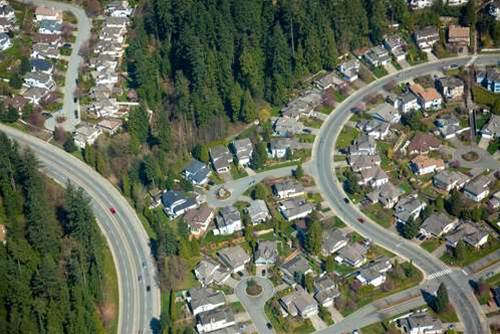Review: Antigravity A1 Drone – The 8K 360 Mini Drone Transforming Aerial Exploration
We independently review everything we recommend. When you buy through our links, we may earn a commission which is paid directly to our Australia-based writers, editors, and support staff. Thank you for your support!
Quick Overview
- Antigravity A1 represents the first drone globally to feature 8K 360 capabilities, delivering captivating aerial experiences.
- Equipped with dual fisheye lenses for flawless 360-degree video recording.
- Weighing less than 249g simplifies regulation compliance in Australia.
- The Grip controller provides intuitive motion control, enhancing user interaction.
- Comes in various bundles, with prices starting from A$2,199.
Groundbreaking Aerial Discovery
The Antigravity A1 drone signifies a remarkable advancement in drone technology, being the pioneer in offering 8K 360-degree video recording. This compact drone transforms our understanding of aerial visuals by capturing not only individual scenes but the entire atmosphere.
Construction
The A1 features a sleek, lightweight structure with folding capabilities, ensuring maximum portability. Its dual fisheye lenses and sophisticated stitching techniques guarantee that the drone remains undetected in the footage, providing a clear, uninhibited view.
The drone’s landing gear safeguards the lenses but requires careful handling when storing. While it does not include a standard mechanical gimbal, the design caters to creative users prioritizing versatility over rigid framing.
Capabilities
The Antigravity A1 produces outstanding 8K 360 video capture features, enabling users to derive 4K sharpness from any viewpoint. Its FreeMotion technology paired with the Grip controller results in an intuitive flying experience, accommodating even newcomers, while allowing complex maneuvers with simplicity.
With forward-facing obstacle detection sensors, return-to-home functions, and payload detection focused on compliance, the A1 guarantees a safe flying experience.
Specifications
The A1’s remarkable specifications consist of:
- Invisible Drone: Cutting-edge image-stitching for unobstructed perspectives.
- 8K 360 Video Capture: Complete-scene recordings with adaptable reframing options.
- Sub-249g Compliance: Simplifies regulatory aspects in Australia.
- Intuitive Motion Control: Natural hand gestures for navigation.
- Reframing: Alter and select views after flight.
Challenges and Prospects
Although the A1 is trailblazing, future versions might benefit from enhanced UI interaction and the addition of a traditional dual-stick controller for seasoned pilots. Some minor latency issues in the pre-release software were noted but showed improvement with updates.
Cost and Accessibility
The Antigravity A1 is priced starting at A$2,199, with the Explorer and Infiniti packages including extra accessories. New pilots can opt for a pop guard accessory priced at A$49.99. Available for purchase on the Antigravity website.
Conclusion
The Antigravity A1 marks a groundbreaking entry into the market, offering unprecedented creative freedom and immersive experiences. Its pricing is well-supported by the technology and functionality it brings, making it a valuable asset for content creators and enthusiasts alike.
Overview
The Antigravity A1 drone provides a distinctive 8K 360-degree aerial capturing experience. Featuring a lightweight design and user-friendly controls, it is designed for innovative users aiming for advanced filming aptitude. While some aspects could see refinement, its current features make it an exceptional choice within the market.















